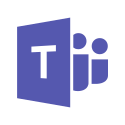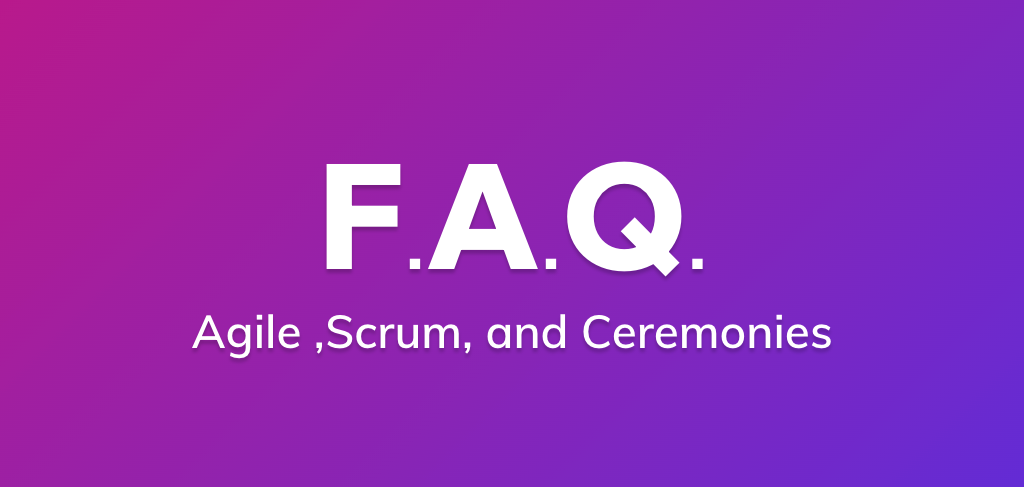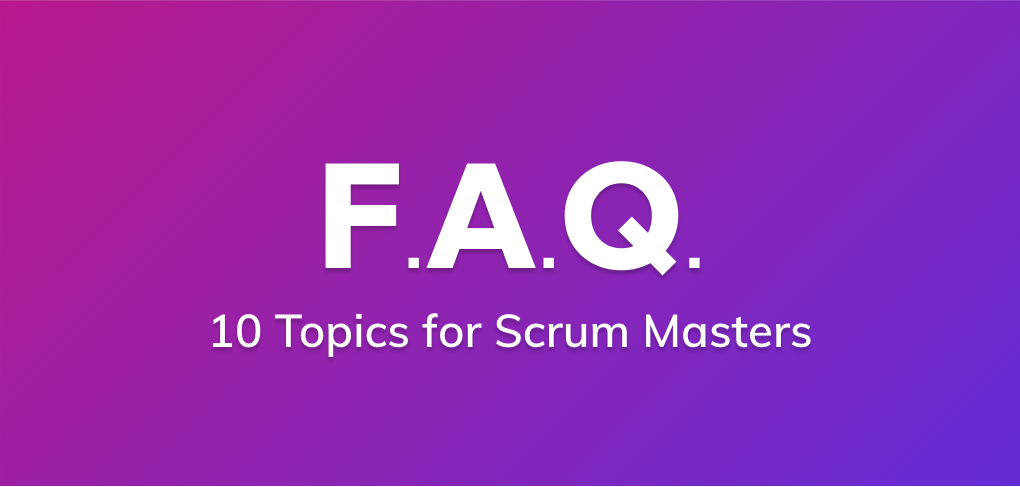
Study on Agility Posture
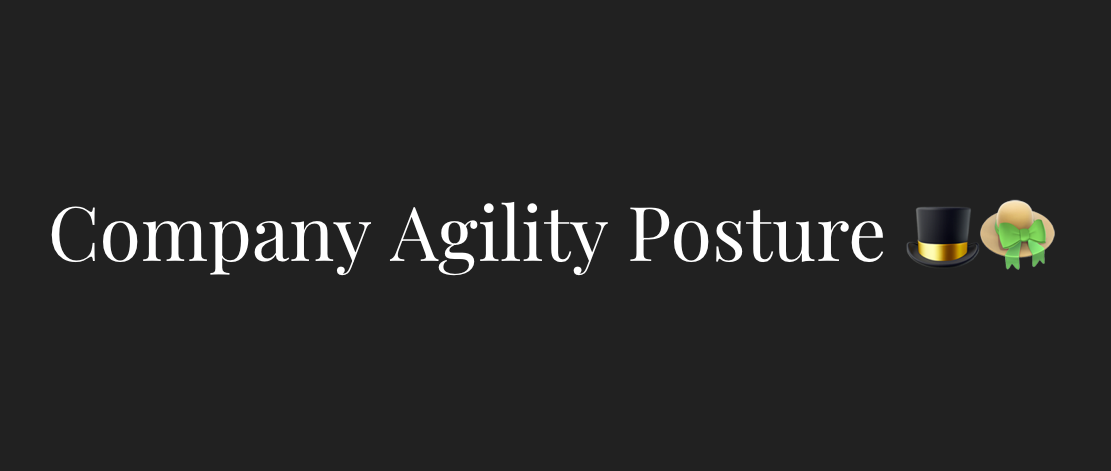
Intrigued by our product release over Agility metrics in Team O'clock, we wanted to explore more on the direction of metrics.
What you already see on your metrics page in Team O'clock covers the adoption of scrum practices. The measurements focus on three dimensions for each team; growth, happiness, and alignment. Specifically, metrics are looking into how scrum meetings and follow-up actions are affecting these three dimensions of teams.
In this post, we'll explore a different dimension; covering how often scrum meetings are performed in a team. What can we deduct by examining how many planning poker sessions, retrospectives, and daily standups are performed?
Regarding the adoption of scrum meetings
At this point (ending 2022), Agile is everywhere. Many industries are adopting Agile methods in how they work, and in Team O'clock we see that trend with customers spanning across many industries. This means that teams and companies have recognized the value that Agile practices bring to the table and want to get the benefits.
Based on a 2021 survey of scrum.org there are many companies just starting their journey over Agile. Adoption of scrum and Agile is a long path for teams and companies, thus an Agile Transformation journey begins! Agile transformation is not an easy path, requiring buy-in from everyone in the company and lots of training along the way.

We will not expand more on that direction, but instead, showcase what the adoption of scrum events can tell us about the current stage of a company's journey to becoming more Agile. Scrum meetings are at the base of this transformation. So we'll use these meetings as the base for our study.
Companies just starting with Agile

Companies and teams starting with Agile practices have not yet realized the dynamics of all the scrum events. Scrum meetings are coming from the upper management that realizes or wants to explore the potential of Agile. The teams that are affected the most need proper training, and there are cases where training is not enough.
The easiest meeting to follow is the planning poker session. That's because teams are already close to estimating and analyzing the effort to deliver some work increment. Estimations play well within a team's comfort zone, it is something they are already asked to do in a more loose form. That's the reason that planning poker session is the first scrum meeting to be widely adopted across teams within a company.
Daily standup, or daily scrum, is a bit more difficult to grasp the benefits for. The way work tasks are broken down, usually requires a single person's work, so the team finds little value in sharing their progress as a group. Depending on the persistence of team leads there is some adoption over daily standups. Still, the teams are reluctant to fully adopt the habit and extra effort is needed to maintain this scrum meeting.
Retrospectives are not adopted yet. The concept of introspection and reflection is something totally new for teams that have never done it before. Additionally, the effort required into performing a retrospective and sharing your thoughts with the team is very big and requires team training. At this stage of the agile journey, the team might have one or two retrospectives under pressure from a leader. If the team is not open to start sharing valuable insights, the retrospective meeting is abandoned as a habit.
Companies that start to "get" Agile

Companies that have seen some benefits from their early stage agile journey, or with people that have some agile and scrum experience, enter a more consistent stage. Alistair Cockburn, one of the founders of Agile Manifesto, refers to this stage as "Shu", the Beginner stage. The teams realize the power that Agile and scrum meetings bring to the table and start following them faithfully.
Planning poker sessions are still trusted strongly by the teams. After all, this was the scrum meeting that helped to build trust in the Agile process. The teams keep following the estimation process that helped them reach the current stage of their Agility journey.
Daily standup meetings are now established among teams. Teams are trusting the process and their leaders more and actively try to embrace the daily standup. As teams share their success stories of having daily standups, more teams follow their example within the company.
Retrospectives gain a position in the team calendar, capitalizing on the trust of the planning poker session and daily standups. Team members are still reluctant into being open, yet they are in a better position to discuss and collaborate - thanks to the daily standup habit.
Companies starting to own their Agile journey

As companies and teams get the hang of the agile ceremonies and scrum meetings, they are getting more comfortable to experiment. The company enters the "Ha" stage, again according to Alistair Cockburn's analogy with Aikido. The company leadership can measure and recognize the benefits of Agile adoption and trust teams, offering more autonomy around the processes and the way teams work.
Planning poker is losing ground at this stage, as teams trust their daily standups and improvements through retrospective action items to deliver work. The team feels more confident about moving forward without an estimation as they control more of their processes.
Daily standups are widely adopted across the company. Teams use the daily standup effectively, communicating their progress and collaborating on removing impediments.
Retrospectives are used by more teams, as the benefits of teams that embraced introspection and acting on items are shared company-wide. People that are already trained in retrospectives, onboard colleagues and their teams into performing fruitful retrospective meetings.
Agile companies

Companies at this stage understand the core of Agile and agility. Teams can move freely in and around scrum meetings, or go beyond these meetings into something more fitting to their case. The company enters the "Ri" stage.
In ri, we completely depart from the forms, open the door to creative technique, and arrive in a place where we act in accordance with what our heart/mind desires, unhindered while not overstepping laws.
Planning poker sessions are virtually abandoned as an estimation practice. Teams and the whole company feel confident with each team's agility, collaboration, and processes. Each team fully owns the work delivery and there is no need for a detailed status report, thus estimations by story points are not needed.
Daily standups are still used across the whole company, as the power of collaboration and knowledge still stays at the core of agility.
Retrospectives are widely used across teams and on cross-team initiatives. Everyone in the company knows how to use a retrospective meeting and uses the event periodically to achieve continuous growth either in their team or for cross-team initiatives.
Companies that reach this stage of Agile transformation can keep their growth trajectory by introducing new techniques and processes in their working life. There are many examples from companies that invented and embraced more ways to help propel the company and teams forward, e.g. Netflix and Basecamp.
Conclusion
Following the company's Agile journey through scrum meetings, we can see a trend of increasing trust and autonomy in the teams. As retrospectives and daily standups are adopted more, teams become self-aware of their strengths and weaknesses. What follows is team autonomy, as teams start working to improve on their weaknesses and processes, through retrospective action items.
We could predict that a follow-up to the agile journey outlined above - going beyond "Ri" - would be even more trust and autonomy to the teams. Allowing a more playful approach that the teams closer to the delivery of work (in whatever form), control the strategic decisions of what to work on.

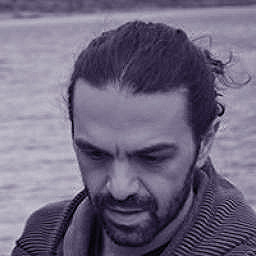
The meeting facilitator
for your remote teams
Efficiency, collaboration, and speed
with AI-assisted retrospectives, daily standups, and planning poker meetings.

